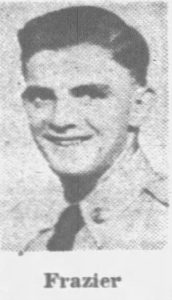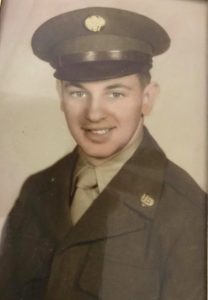Leo Paul Telesphore Savard, age 18, from New Hampshire, Coos county.
Service era: Korea
Date of death: Friday, October 24, 1952
Death details: In late October 1952, elements of the U.S. 32nd Infantry Regiment attacked Chinese forces on Hill 598 (often referred to as the Triangle Hill Complex) near Kumhwa, North Korea. Triangle Hill was composed of three high peaks, two of which were nicknamed “Pike’s Peak” and “Jane Russell.” If U.S. troops could push the Chinese off Triangle Hill, the Chinese would have to fall back to the next high defensible position. The initial U.S. assault was effective; however, the Chinese quickly counterattacked, sending wave after wave of troops against the 32nd’s positions on Pike’s Peak and Jane Russell. Chinese forces eventually re-established themselves on Pike’s Peak and U.S. troops were unable to dislodge them. Private Leo Paul Telesphore Savard, who joined the U.S. Army from New Hampshire, served with the Medical Company, 3rd Infantry Regiment, 7th Infantry Division. He was killed in action on October 24 during the Battle of Triangle Hill. Conditions on the battlefield prevented the immediate recovery of his body, and afterwards the enemy controlled the territory where he fell, which is now part of the Demilitarized Zone. His remains were not identified among those returned to U.S. custody after the ceasefire. Today, Private Savard is memorialized on the Courts of the Missing at the National Memorial Cemetery of the Pacific.
Source: National Archives, Defense POW/MIA Accounting Agency


